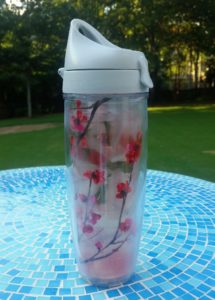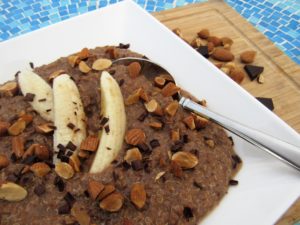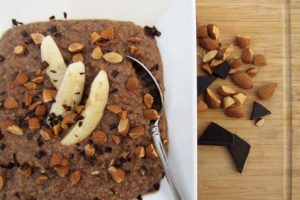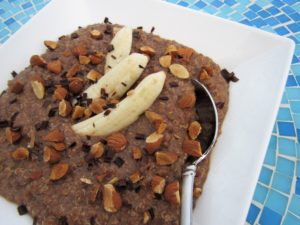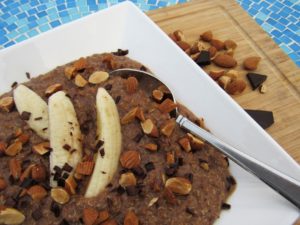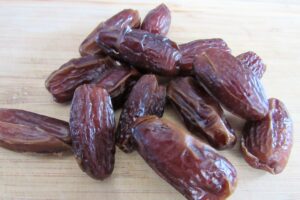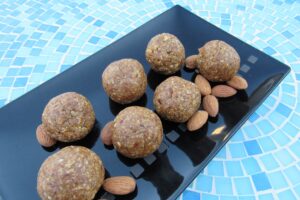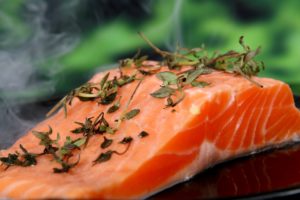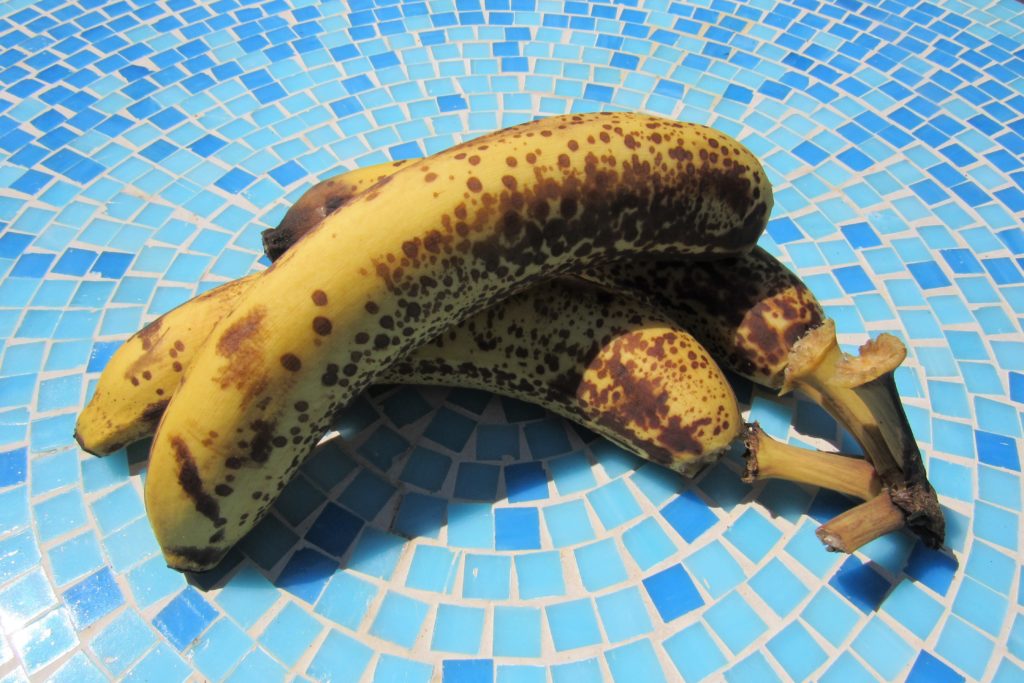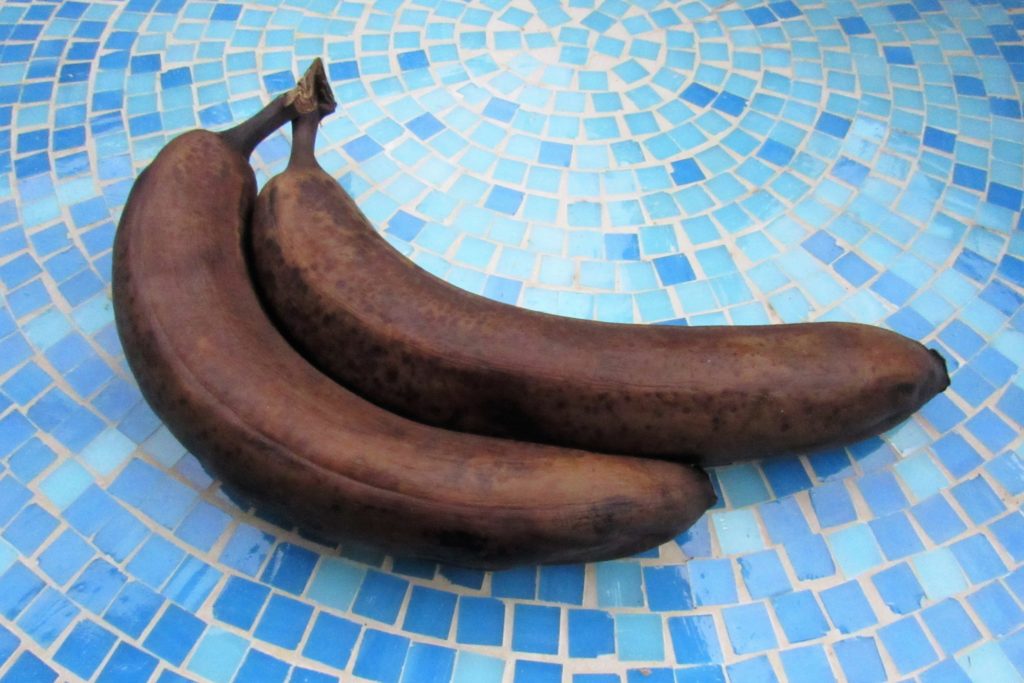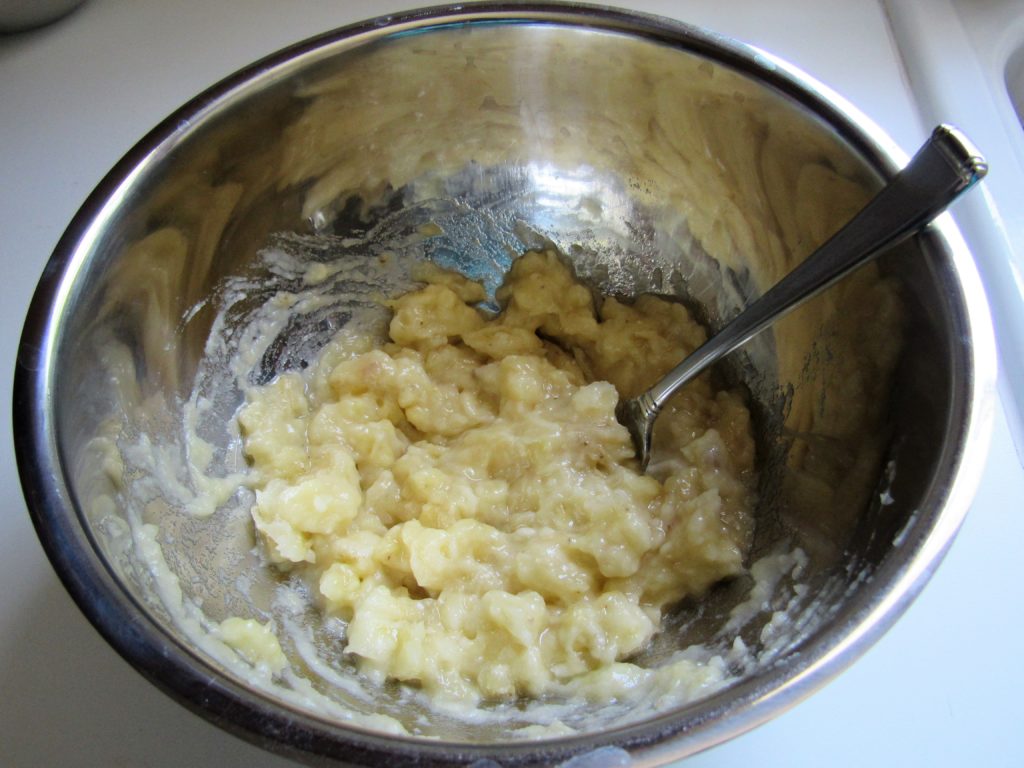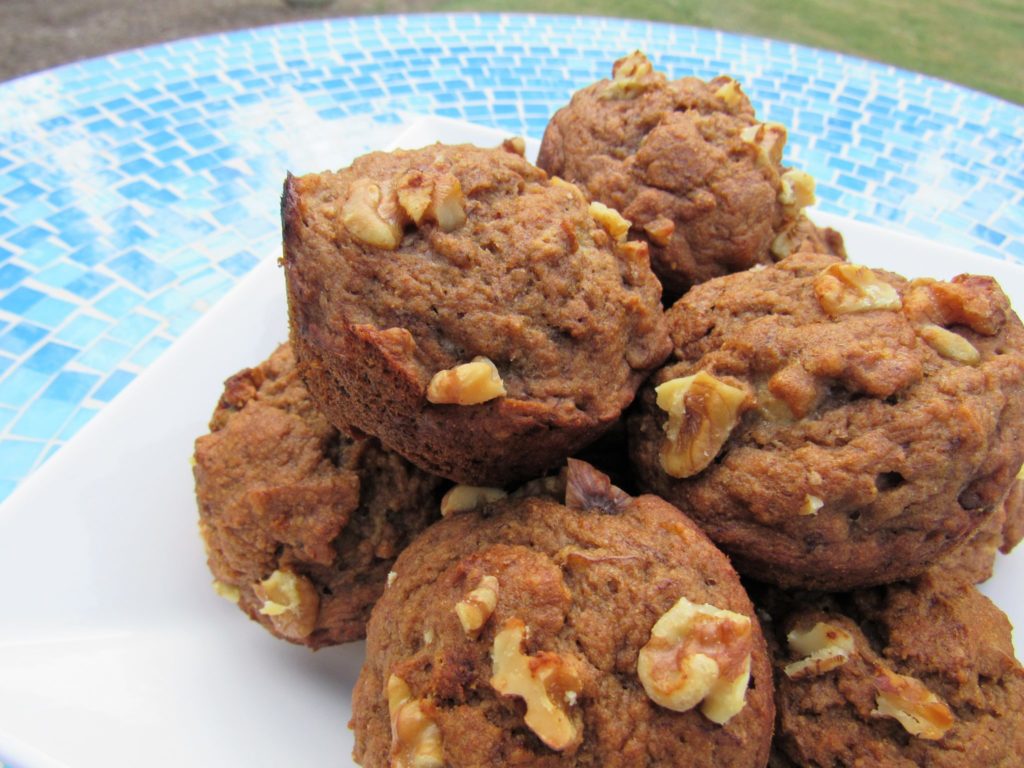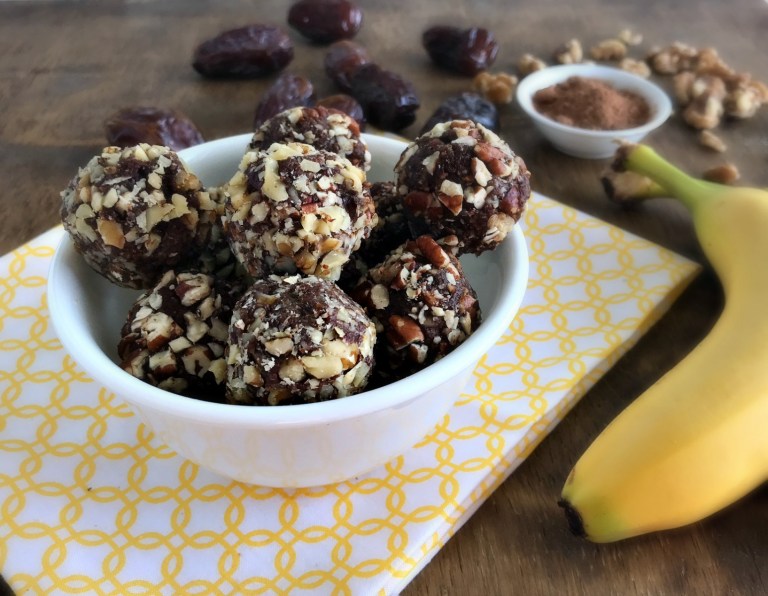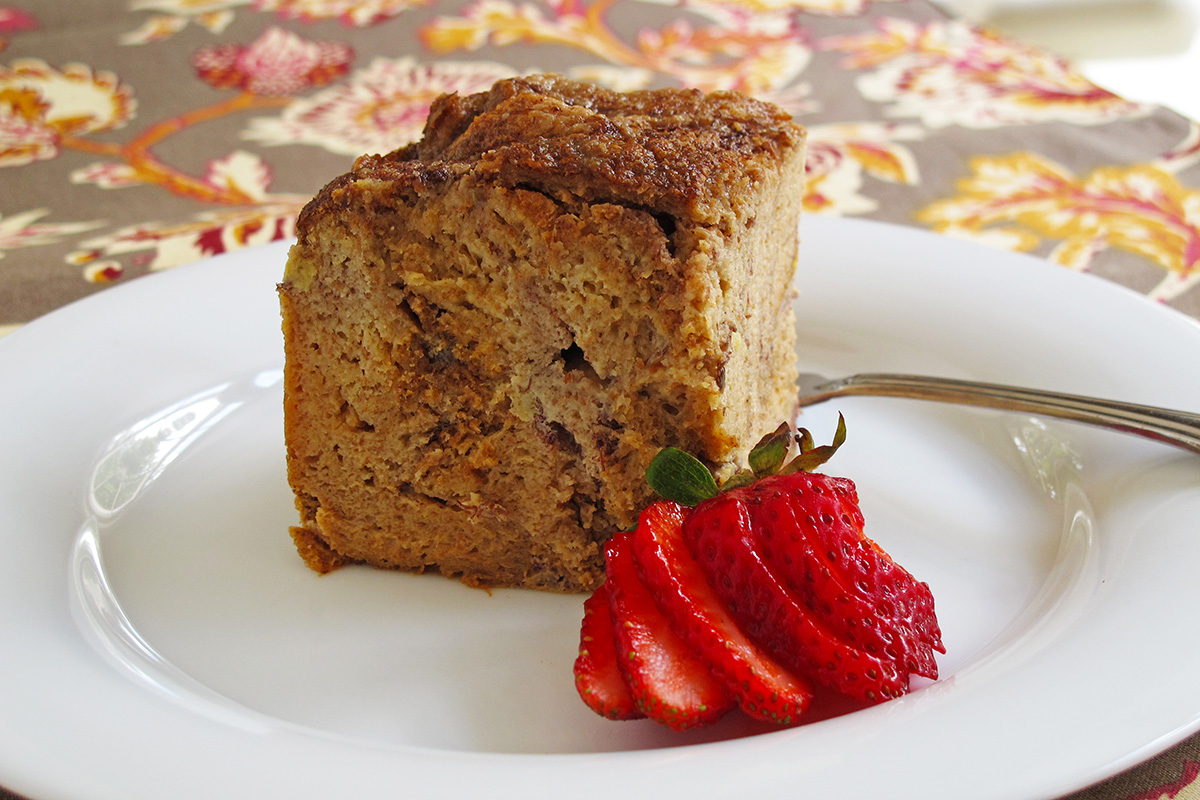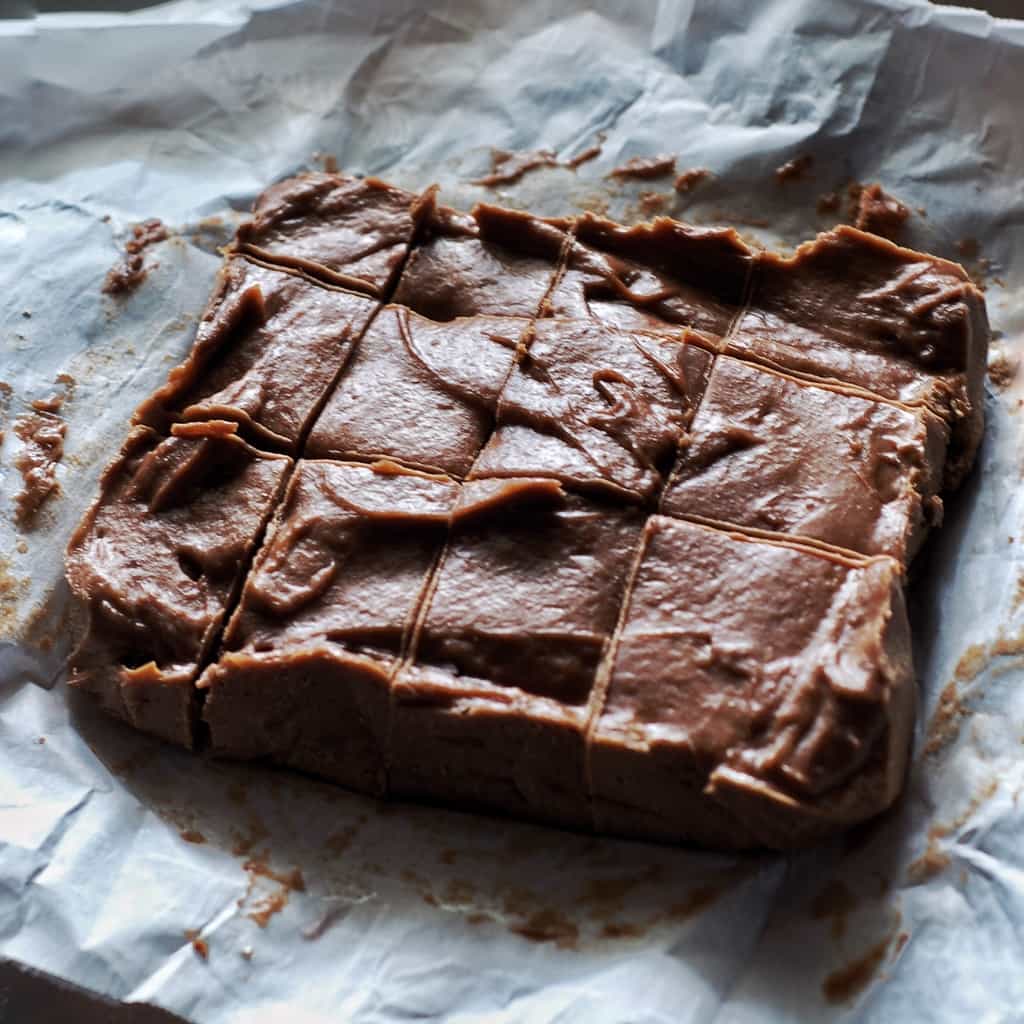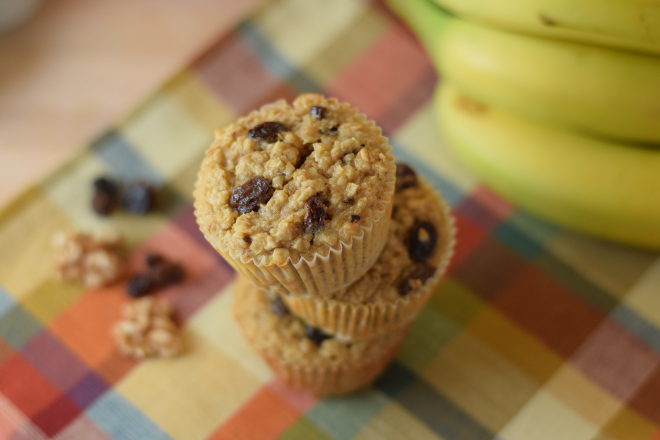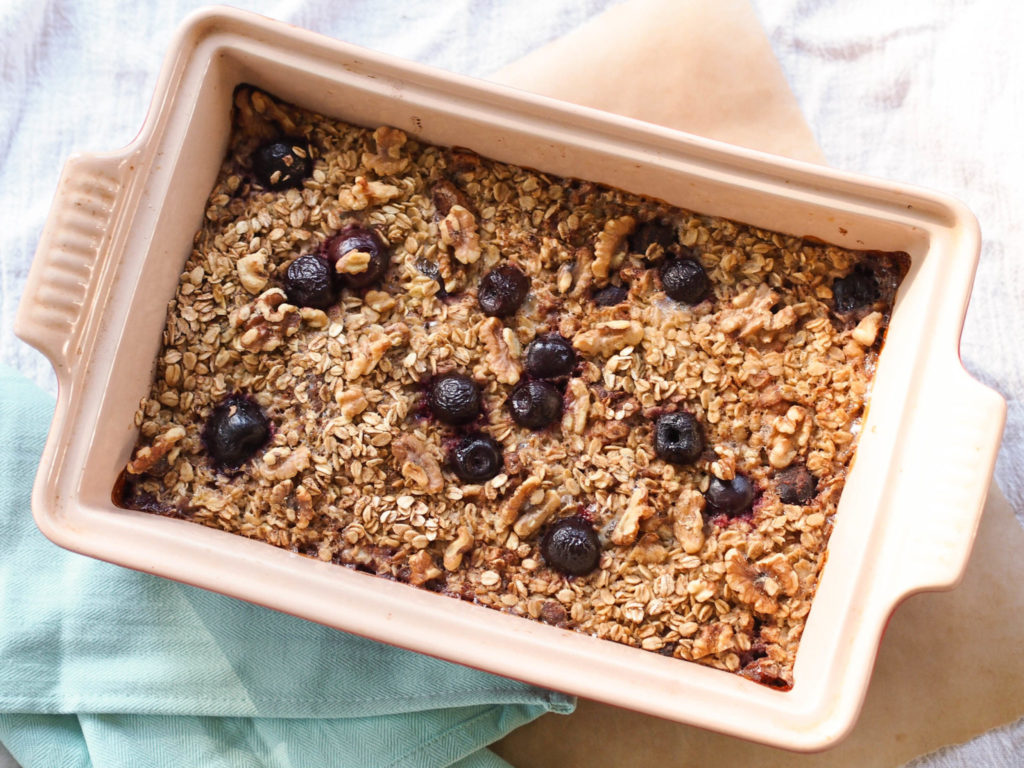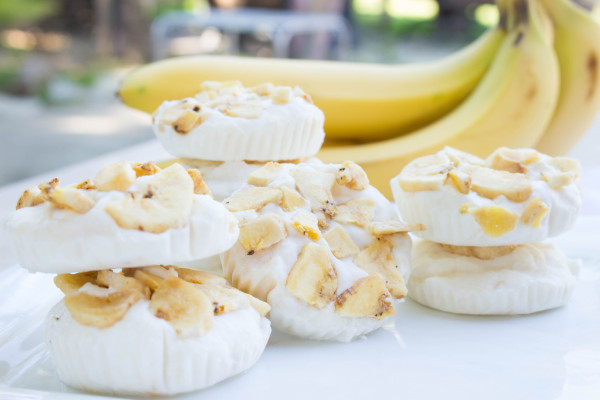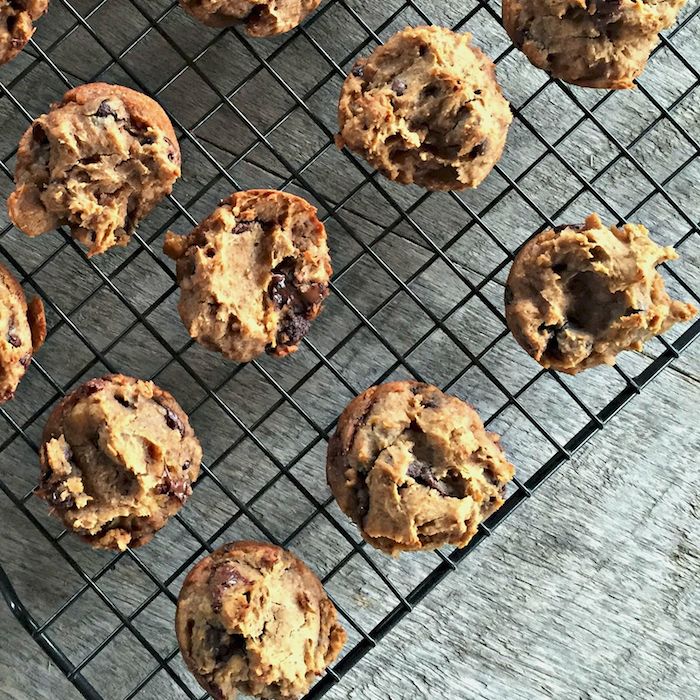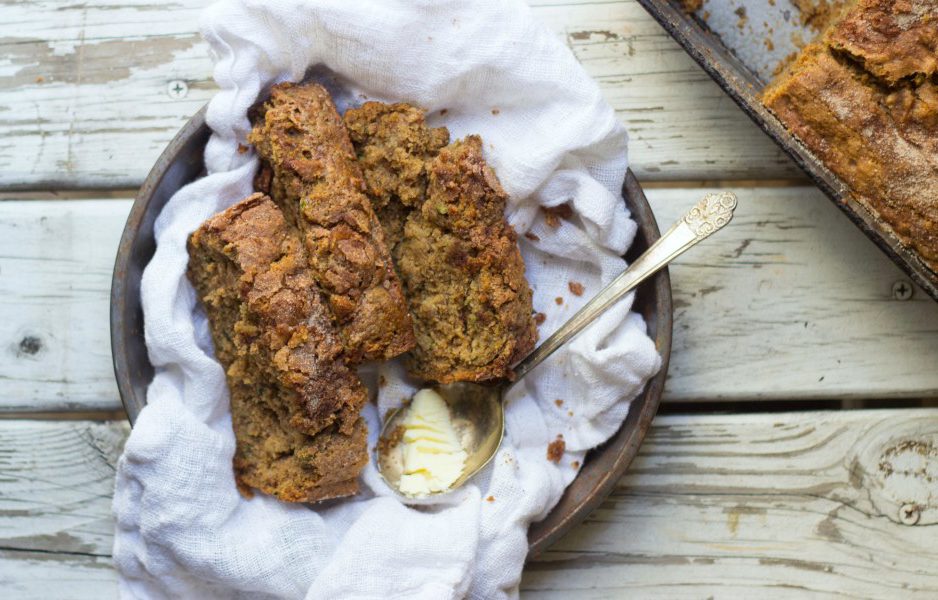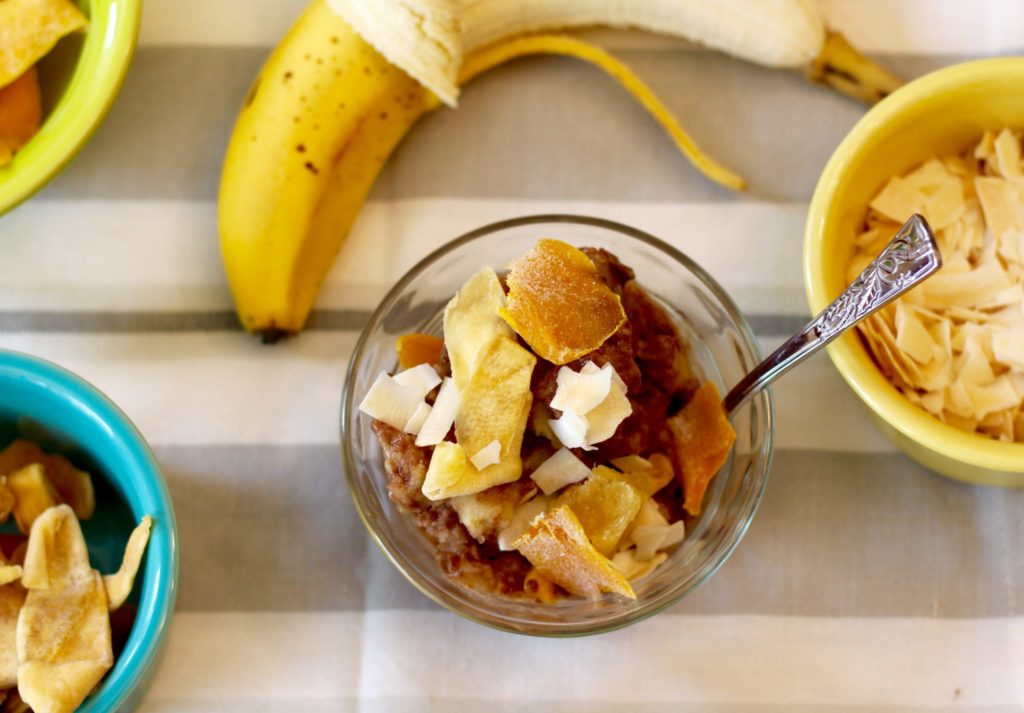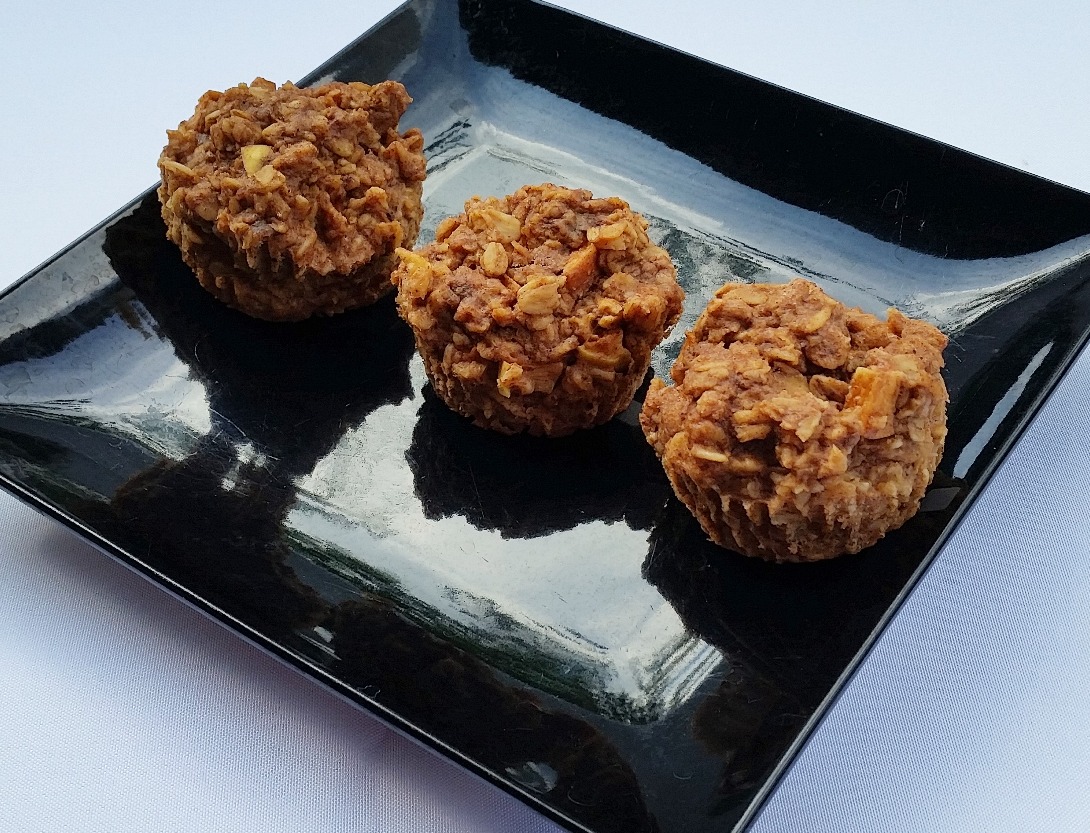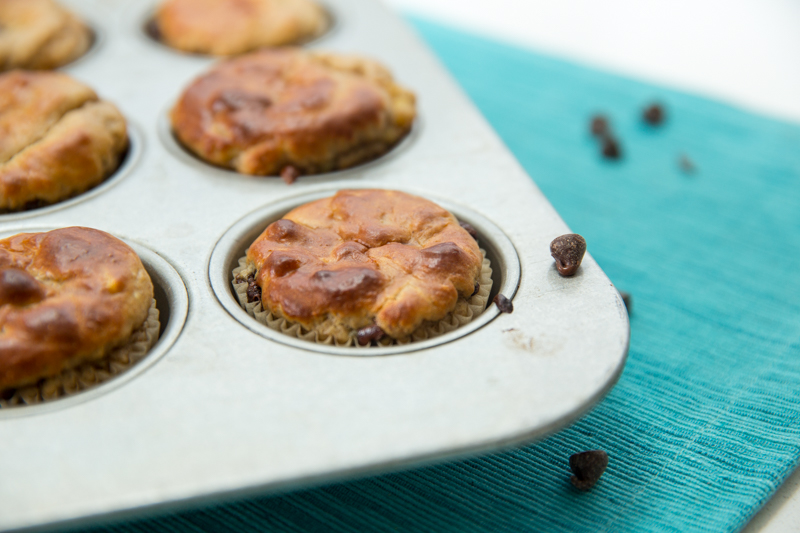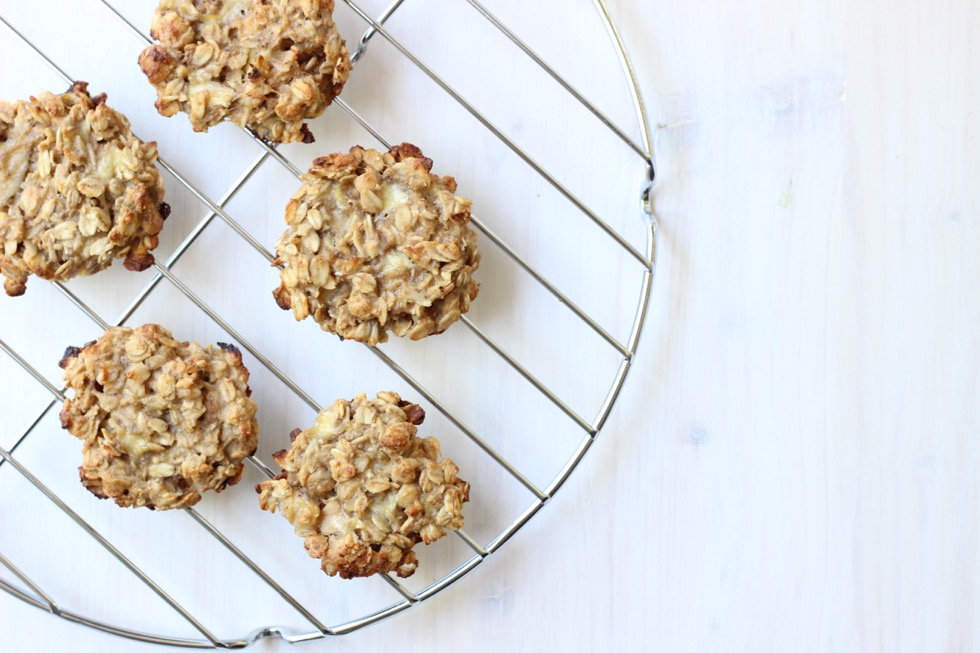
Moist chocolate cupcakes with coconut cream icing and chocolate ice cream- that was how my husband wanted to celebrate his birthday a few days ago. We found a special cake recipe that would accommodate for my daughter’s food allergies and even bought her coconut milk ice cream to go with it.
Anticipation mounted as we waited for the icing to reach the perfect whipped consistency. My 2 ½ year old gleaming daughter danced around the kitchen. She was especially excited about this after dinner treat.
Birthday song complete, the moment came and we all began devouring the chocolatey coconut goodness. I watched my daughter excitedly take several ginormous bites of her cake and icecream. And then she stopped… about half way through… no longer interested. She was done- ready to move on.

(Don’t be deceived. She really did enjoy the cake, just not taking the picture!)
While the rest of us enjoyed the rest of our portion, not leaving a crumb, she decided after about 5 bites that she was done eating, uninterested in any more of her delicious chocolate dessert.
She was satisfied.
Isn’t it interesting how kids can stop eating? Even when it’s their favorite food? Research shows that we are born with an innate hunger and satiety signaling system. Almost like a 6th sense. Most young kids are good at picking up on these signals and following them.
But as we get older, lots of things cause us to ignore them, question them and believe them to be false. Over and over, these internal cues are disregarded until eventually, we wonder if we even know what hunger feels like.
Our current culture keeps ramming messages at us telling us to go for it, enjoy it, have a little bit more!
Some of these messages are direct. You may have been told to clean your plate or take a few more bites. Even being forced to eat more “healthy” foods because “you need to.”
Some of these messages are indirect. Enormous restaurant portions entice us to eat more to “get our money’s worth” or thoroughly enjoy the experience.
Some of these messages are misleading and even sneaky. Thank you media!
Wouldn’t it be amazing to be able to eat a dessert or your favorite treat and stop half-way through because you noticed your internal signals telling you that your body didn’t need anymore? What freedom!!
While that may sound impossible, maybe even incomprehensible, we can all begin that journey today. You can become more intuitive. It begins with asking yourself some questions.
Are you really hungry? How to know… Here are 3 questions that will help you investigate your hunger and tune in with your body’s internal hunger cues.
Would I eat an apple?
This could also be called the “Carrot? Inquiry”. If you are really hungry, you will be willing to eat just about anything. While we all experience preferences for certain foods each day, if you can’t think of a single vegetable or fruit you would be willing to eat, then you probably aren’t hungry.
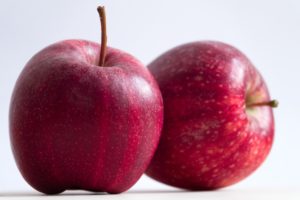
We can get “triggered” to eat foods through environmental cues. Have you ever gone to the movies after dinner but just had to have some popcorn? That environmental cue triggered a desire but not physiological hunger.
The best part about this question is even if you are still not sure, you can grab a small apple or handful of carrots or ramekin of blueberries or bunch of pea pods. These are all nutrient dense foods that include fiber and wide variety of vitamins, minerals and antioxidants. Not only that, they are all low in calories. Grab an apple and see how it makes you feel.
But, if you ‘think’ you are hungry and the only thing that will satisfy it is some chocolate or a salty crunchy snack, then it’s time to investigate what triggered your desire for this snack, because it wasn’t physiological.
NOTE: If you are truly hungry, an apple may satisfy for about an hour, but you will likely find yourself hungry again soon. Use the “apple trick” or “carrot inquiry” to determine IF you are hungry, but make sure that when you do eat, it is enough to satisfy your hunger.
Has my “hunger” grown slowly over a period of time?
Hunger doesn’t just pop up- it gradually makes itself known. While it is possible to get involved in other tasks and not recognize it until this internal signal is very strong and present, it’s not a surprise signal. Similar to a train slowing down to glide into the train station, hunger gradually slides into our thought patterns.
As you become more intuitive, you will likely begin to notice general time frames when you are hungry. While eating by a clock could make us less intuitive, our bodies do follow a general pattern and picking up on these times can help you respond appropriately and plan to nourish around the same times each day.

Sometimes it can be helpful to use a Hunger Scale to help you assess your hunger (or fullness). Choose a number before you put anything into your mouth so that you can make sure you are responding to true hunger and not merely a thought or desire for a food.
Often, there is an ache or empty feeling or growl when we are truly hungry. You also may notice that when you are past hungry, you might even feel a bit nauseous. But remember that everyone’s body is different and it’s important to pick up on how your body feels when it needs to be nourished.
HUNGER SCALE
| 1 | starving |
| 2 | irritable/hangry |
| 3 | growling hunger |
| 4 | early hunger |
| 5 | neutral |
| 6 | still want more |
| 7 | satisfied |
| 8 | full |
| 9 | uncomfortable |
| 10 | nauseous |
Am I thirsty?
Hunger and thirst can both leave you feeling empty. This can make it difficult to determine if you are physiologically hungry OR if your body needs to be refreshed with some H2O. When you think you are hungry, grab a glass of water, ideally, about 16oz. Then wait about 10-15 minutes and ask yourself again, “Am I hungry?”
Water has dozens of benefits! If you are not a fan, then check out my article, What to Drink When You Don’t Want Water, for 5 different beverage ideas to hydrate your body.
Not only will a few glasses of water help keep hunger at bay, but it can help improve cognitive function so that you can make make the best choices for you and your body.
Are you really hungry? Why are you eating? Hunger and satiety can feel so abstract or sly, especially when we are surrounded by messages to eat more and finish what is in front of us. But when you begin asking the right questions, you will begin to find the answer.
If you find yourself eating to meet an emotional need (loneliness, anger, frustration, sadness, shame, etc), that’s not ‘bad’- it’s just information. This allows us to understand ourselves, have more compassion and make choices moving forward that helps us become our best self.
You can learn your body’s internal hunger cues- use these questions to get you started.
TRUTH: I appeal to you therefore, brothers,[a] by the mercies of God, to present your bodies as a living sacrifice, holy and acceptable to God, which is your spiritual worship. –Romans 12:1 (ESV)
REFERENCES
Riebl, S. K., & Davy, B. M. (2013). The Hydration Equation: Update on Water Balance and Cognitive Performance. ACSM’s Health & Fitness Journal, 17(6), 21–28. http://doi.org/10.1249/FIT.0b013e3182a9570f

